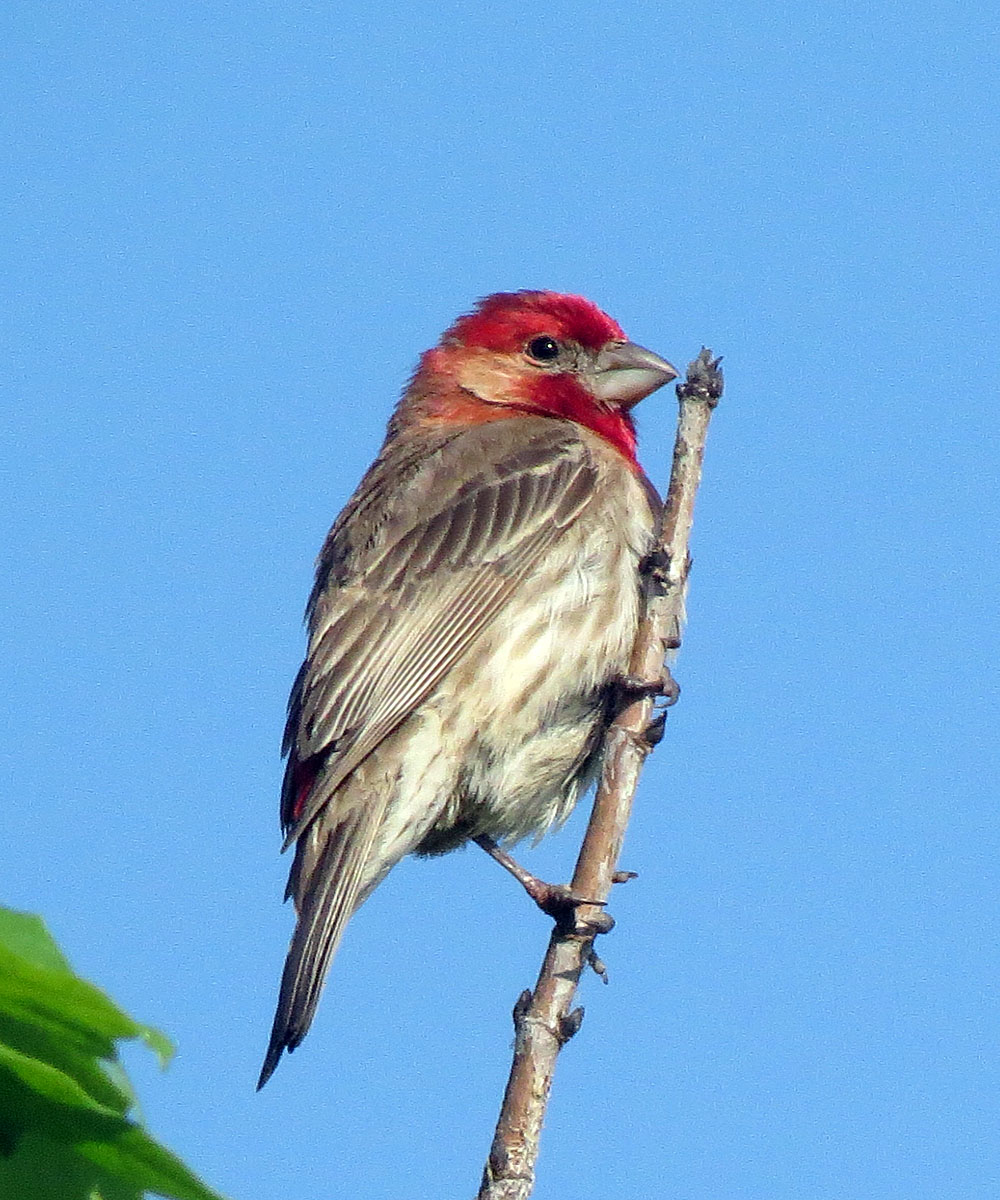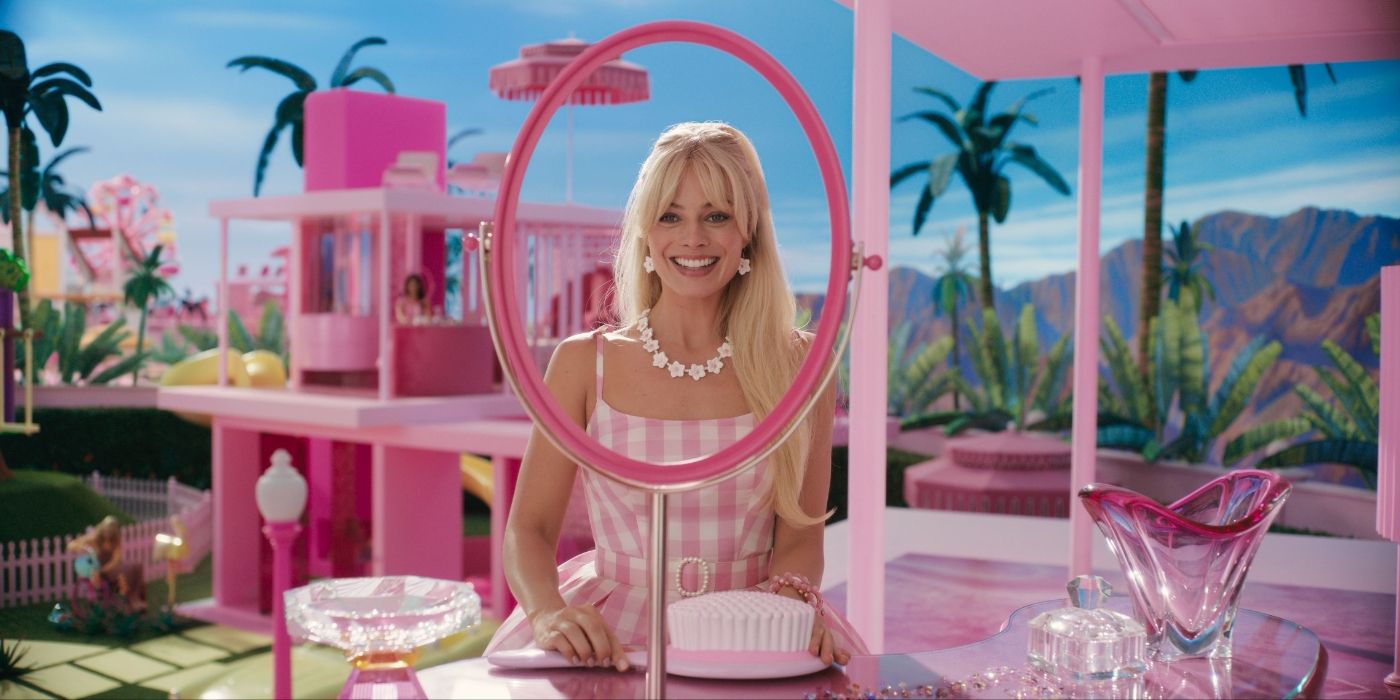Table Of Content
They may also sleep inside vents, hanging planters, or under roof overhangs. They require a 2-inch diameter entryway and a 6x6 inch floor. Nest boxes should be attached to a pole or the side of a shed - somewhere that offers cover and cannot be easily reached by predators. Experience plays a role in how quickly and well nests are built. First-time females tend to struggle with structure and placement, whereas experienced females work much faster and more efficiently. The construction process can take up to three weeks, with the female most actively working in the mornings and slowing down in the afternoons.
Species in This Family
About 1940 a few dozen House Finches were brought from Los Angeles, CA, to New York City by cage-bird dealers. The dealers released their captives on Long Island, NY, when they feared a raid by federal authorities. The population increased slowly and then began an explosive expansion. By 1981 the eastern breeding range of House Finch covered the Northeastern and Mid-Atlantic states, and Virginia as well as parts of adjacent states.
How do house finches build their nests?
They love thistle and sunflower seeds if you want to attract a House Finch to your backyard birdfeeder. They also love eating weed seeds and berries in the warm summer months. It has a rosy red color with a higher contrast of red around its head and breast. They also have streaks of brownish feathers on their backs and tail feathers.
What do house finch eggs look like?
A red and brown bird at your feeder might be either one throughout much of the United States. House Finches are common and widespread across most of North America, including Hawaii. Meanwhile, Purple Finches nest in Canada, along the Pacific, and in the Northeast. In winter they migrate as far south as Florida, but they don't typically visit the Interior West at any time of year. To see each bird's range, visit our online field guide, or download our free Audubon bird guide app.

Nesting Facts
The attractive house finch is one of the more common and recognizable species throughout the United States. It has become very common in suburban areas and is easily attracted in large numbers to seed feeders. However, some populations have undergone a steep decline since January 1994, owing to a disease called mycoplasmal conjunctivitis. The disease causes respiratory problems and red, swollen eyes, making them susceptible to predators and adverse weather. House Finch conjunctivitis was first observed at feeders in the Washington, D.C. Area, but has spread rapidly through the eastern House Finch population and into the West.
10 Birds You Might Find Visiting Your Hummingbird Feeders This Spring - House Digest
10 Birds You Might Find Visiting Your Hummingbird Feeders This Spring.
Posted: Fri, 08 Mar 2024 08:00:00 GMT [source]
Find This Bird
In the winter, they join flocks with pine siskins and goldfinches. It’s a rush when you can confidently recognize an elusive or hard-to-identify bird. That burst of adrenaline and pride is just one of the many rewards of being a birder. But spotting the differences between a house finch vs a purple finch is particularly tricky. Here are some important things to look out for when you see a small red finch in your backyard.
Compare with Similar Species
Yellow and orange plumages are more common in arid areas. Males remain nearby, occasionally picking up nest material, but these are never used in the nest. Females collect various plant matter, twine, string, and hair, carry it back to the nest site, and begin building. Pairs of finches are monogamous during the breeding season, and typically only reproduce with one partner. A single pair can raise several clutches of chicks during the breeding season. Each clutch contains about four eggs, and the incubation period lasts around two weeks.
If sick birds are seen around feeders, remove feeders and clean with diluted bleach solution to reduce spread. Cassin's Finches have a bright red peaked crown, whereas House Finches have an evenly round head that is all red. They also have less streaking on the flanks than House Finches. House finches generally do not stay in a nest at night, except during the incubation and brooding period. Instead, they find an inconspicuous site in the foliage of a coniferous tree, on a cactus, or under a rock ledge.
The House Finches in mild weather locations in the south or western United States typically stick around for the winter months. The coloring of a female House Finch is all brown without any notes of red color seen in male House Finches. Susceptible to House Finch eye disease, an illness that gives them swollen eyes and leaves them lethargic.
On the other hand, Male Purple Finches have a more subtle and understated red tone with a white underbelly and no streaks of brown. The House Finch is easy to identify simply by its coloring and size, but there are stark differences between male and female House Finches. A pet shop owner in New York captured and sold House Finches as pets, which was very illegal. Fearing arrest and prosecution, these birds were set loose into the wild. Even experts get flummoxed by finches, but don’t despair. With a little practice, you can learn the clearest field marks for each of these species.
Their primary habitats are backyards, suburban areas, cities, farms, and parks. In their natural range, the species inhabits more “traditional” and less urban habitats. Attract them to your backyard bird feeders with nyjer, sunflower seed, mixed birdseed, peanuts, fruit, suet and sugar water. House Finches are familiar birds of human-created habitats including buildings, lawns, small conifers, and urban centers. In rural areas, you can also find House Finches around barns and stables.




















